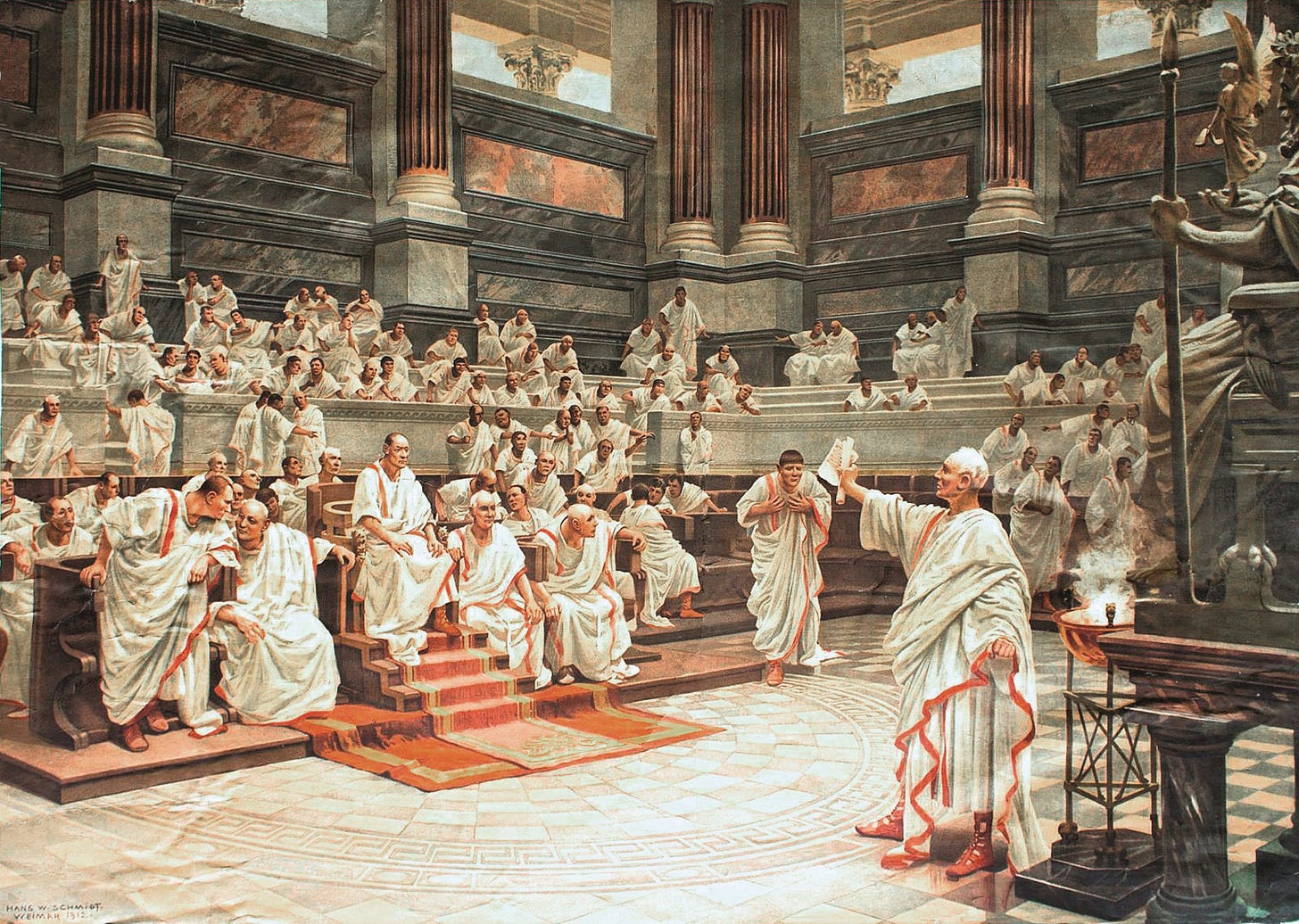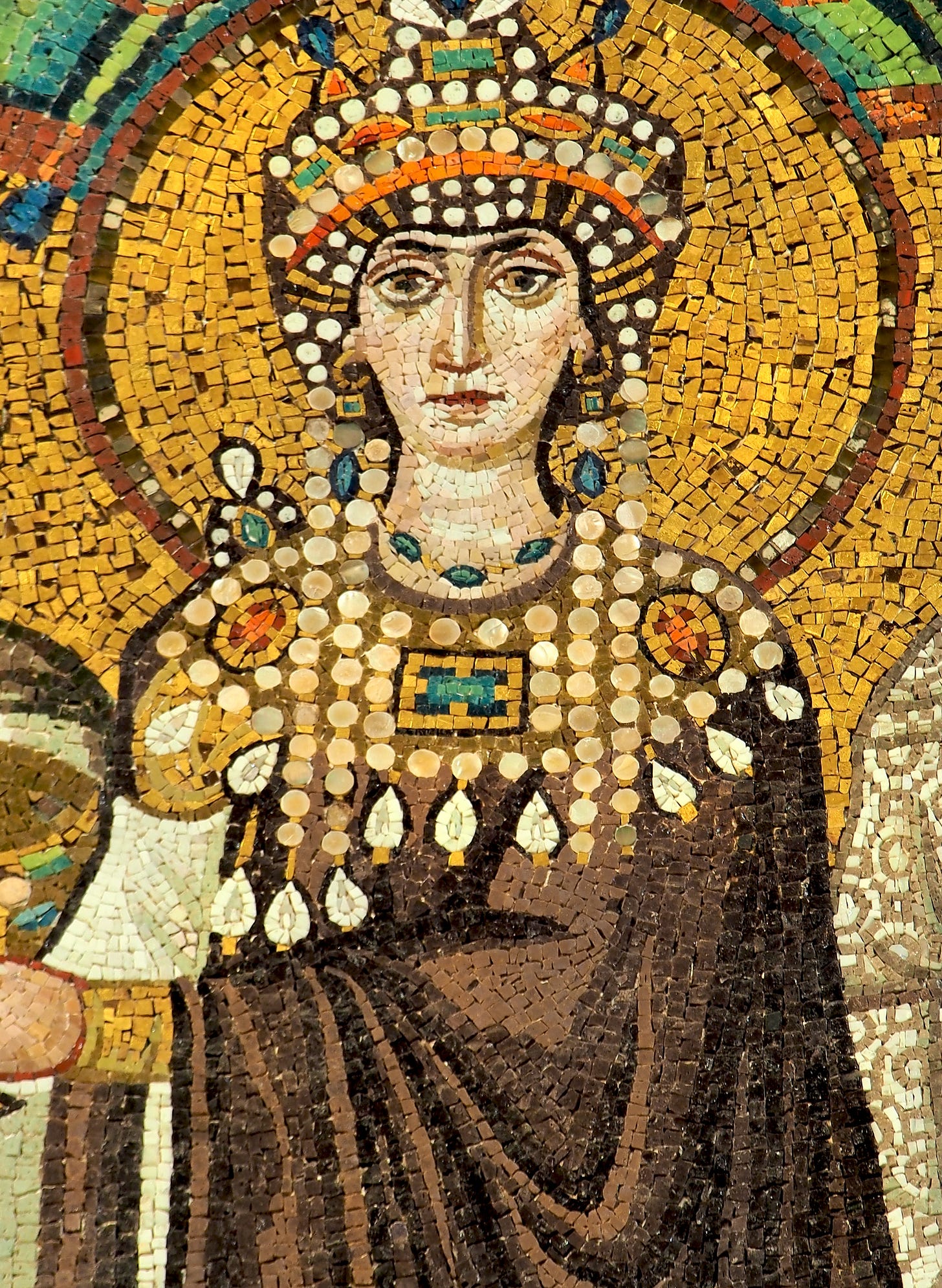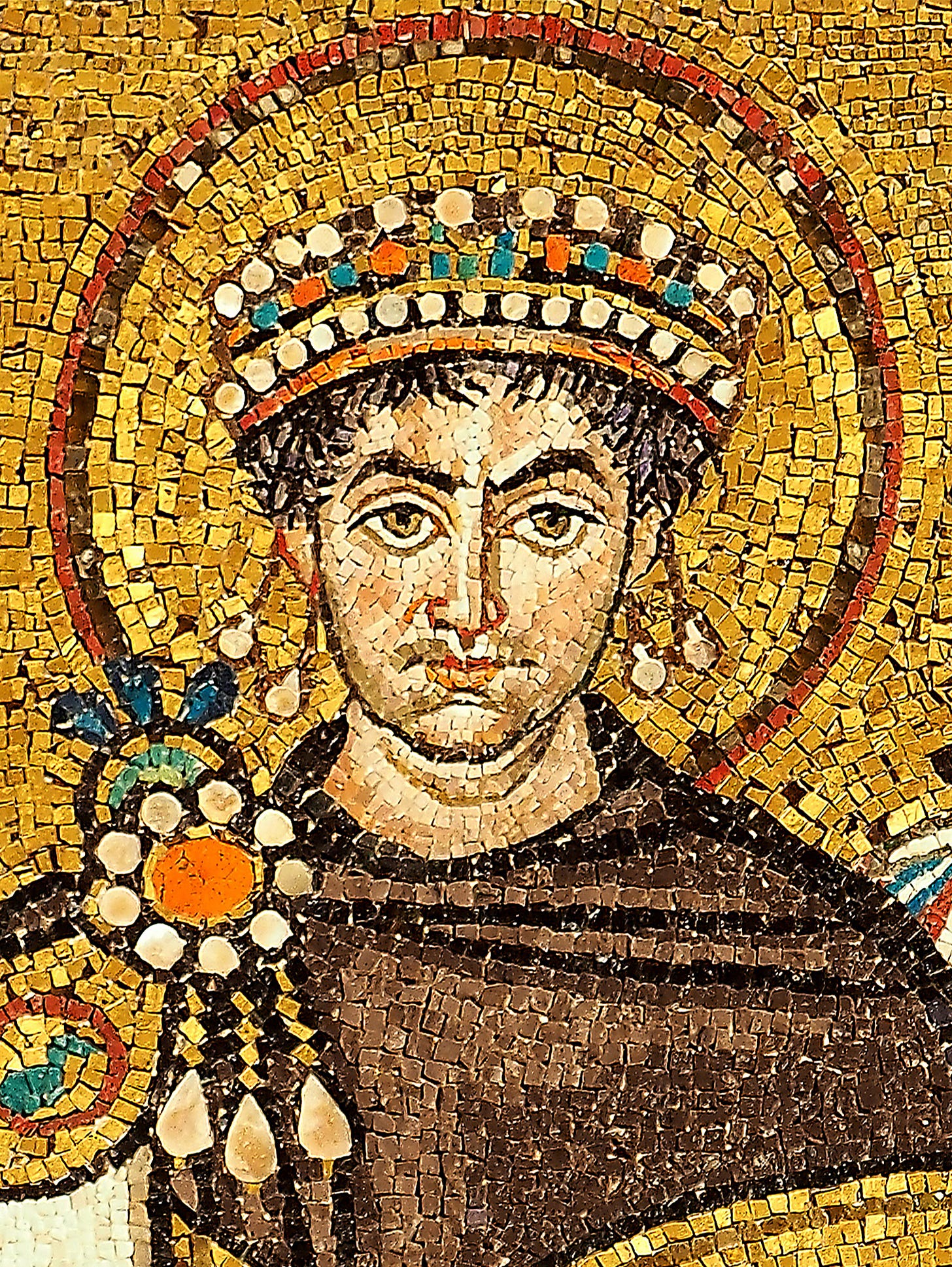Color and power: a short history of purple
When you think about the color of power, you may think of golden, because we understand the value of gold throughout history. But what if I tell you that the color of power is actually purple?
It is said that Cleopatra sailed through the Nile on a boat with a big purple sail. When people saw this sail, they knew without a doubt that it was the boat of the queen of Egypt. It wasn´t a random choice: purple was the most expensive dye in the world, and dying an entire sail in this color? It was a declaration of power like no other.
What was this dye and where did it come from?
The Phoenicians where a group of people who lived on the coasts of modern Lebanon more than 4000 years ago. They were a civilization of the sea: seafarers, ship builders, and traders travelling all around the Mediterranean. They originally gathered in three city-states: Sidon, Byblos and Tyre, but they didn´t stay there for long. They created a network of trading posts all over southern Europe and northern Africa. The Phoenicians are credited with the foundation of Carthage, the city that would almost bring Rome to its knees, and the two oldest cities in Europe: Málaga and Cádiz (Spain), both around 3000 years old.
For such a small community, their contributions to history are pretty spectacular: they were one of the first in making and selling wine, invented amphoras, developed new ships and new navigation techniques, expanded the use of coins, spread out innovations all over the place, and - maybe most crucial of all - they invented the alphabet from which ours come from (and many others, like the Greek, Arabic and Hebrew alphabets).
That was not all though. The product that made them most famous and wealthy was, in fact, a color: Tyrian purple. It wasn´t exactly the color, but the dye that was their most prized possession. Tyrian purple was not really a color, it was a substance used to dye fabric, but the color wasn´t always the same shade. Phoenicians were very far away from our Pantone— the idea of colors as definite hues didn´t exist then, because making the exact same color from natural sources twice was almost impossible. So the important part was that a tunic was dyed with the right stuff, even if the hue varied from one item of clothing to the next.
Making purple was a stinky business
Purple was such an important part of the Phoenician civilization, that it was embedded in their mythology. The legend said that Melqart, their tutelary god, was one day walking on the beach, and he was thinking that wanted to give a especial present to his lover. He asked his dog to bring him something worthy of a god. The dog explored around the beach and sniffed some of the seashells on the sand. He then came back with his nose dyed in a crimson color: Tyrian purple had been discovered. Melqart gave this well-kept secret to his people, who would be known as the “Phoenicians”, a Greek name that meant “the purple ones” or “the crimson ones”.
The Phoenicians discovered that some species of sea snails, mostly Murex brandaris, secreted a substance that, when crushed, and under the sunlight (it is photosensitive), transformed into the most spectacular purple. This process took several days and thousands of crushed sea snails marinating under the sun, so you can imagine the smell of these purple factories. The quantity of dye in each snail was tiny, so they had to hand-pick many, many Murex. It is estimated that around 10.000 sea snails were necessary to dye just one robe. You have now a better idea of what dyeing an entire sail would have entailed.
As I said before, the color varied depending on the sea snails. It could go from several shades of purple to a deep crimson. Some related species of snails, like Hexaplex trunculus, may have produced a blue dye as well— the tekhelet mentioned in the Bible, used to dye priests´ robes and prayer shawls.
The Phoenicians kept their purple recipe a trade secret for as long as they could. During a long time, it a was a monopoly controlled exclusively by them, but at some point, the secret was taken by another civilization: ancient Rome.
Rome: a purple toga means everything
Tyrian purple didn´t only have a nice, saturated color, it has excellent properties, the main being that it doesn´t fade in the sunlight. Most dyes either fade when being washed, or fade when exposed to light. Tyrian purple seemed to be immune to those problems. There really isn´t that many natural dyes in the world that can resist well - indigo and cochineal are the other two that come to mind - so you can imagine why Tyrian purple was so appreciated, besides the color.
All the cities founded by the Phoenicians became part of the Roman empire, and the same happened to Tyrian purple. Under the Romans, it became a symbol of political power. During the Republic (509 BC to 27 BC), magistrates wore the toga praetexta, a white toga with purple stripes, and victorious generals wore the toga triumpahlis (a purple toga) when they came back to Rome after conquering some new corner of the world. In this way, purple became the symbol of both the political and military power of the Romans.
Julius Caesar was granted by the Senate the unique honor to wear the toga triumphalis permanently, which was frowned upon by many. Using this toga whenever he wanted hinted at Caesar not only wanting to be a consul, but wanting to be something closer to a king (he did) and it made some senators very uncomfortable (with good reason).
In the end, Caesar would be killed because of his ambitions (was he wearing purple that day?), but the damage was done: after his death, the Roman Empire would rise. From then on, purple symbolized the power of the emperors, who wore the toga picta, completely dyed in Tyrian purple, and embroidered with gold. They forbade anyone else wearing purple, under penalty of death. Emperors would be the only ones to wear this color (this dye, really) until the end of the Roman Empire.
Byzantium: golden mosaics and purple robes
The Roman Empire fell in western Europe in 476 AD, but that wasn´t exactly the end. This political machine would continue another thousand years in Eastern Europe with its capital in Constantinople until the city was conquered by the Ottomans in 1453 AD. This eastern Roman Empire was something different: the common language was Greek instead of Latin, Christianity was the official faith, and a new architectural style will cover churches in golden mosaics.
The empire in the East kept the practice of wearing purple as the supreme symbol of power, as their counterparts in the West had done for centuries. They would still wear a purple robe on ceremonies and especial occasions where their power was on display. Many buildings, and their beautiful mosaics, were lost when Constantinople fell into the hands of the Ottomans, but we still have some spectacular examples of this architecture in Ravenna, Italy. The city has several Byzantine churches and buildings, and they are completely covered in the most beautiful mosaics.
In San Vitale de Ravenna, we can find the mosaics depicting emperor Justinian and empress Theodora. Along with stunning crowns and jewelry made in gold, pearls and precious stones, both monarchs are wearing a deep purple cape that marks them as the most important people in these scenes. I have seen this church and it´s probably my favorite. Not only the mosaics are out of this world, but it is a very particular building, with an octagonal floor, a beautiful dome, and every surface is covered in golden tiles. I totally recommend to visit Ravenna if you can, even though is not one of the more touristic Italian cities, the architecture is something to see.
The Catholic Church and the end of Tyrian purple
The 15th century was the end of Tyrian purple. We don´t know why, it simply disappeared, along with its recipe. The Catholic church had adopted this color as a sign of power as well. After all, the church inherited all its symbols from Rome, its politicians, rulers, architecture, etc. The main two colors used in the highest hierarchy of the church are purple and red, and it is not a coincidence.
It is curious to note that Christ was dressed in purple by his Roman captors because they called him “the king of Jews”. It was a way to humiliate him, a joke: a man with no apparent power wearing the color of emperors. However, it stuck, and it´s one of the most important colors in the Catholic liturgy. Nowadays, purple is associated with the Holy Week and the death of Christ. Dark purple has another meaning besides power and luxury, and it´s death and mourning. I am not sure if this is an old meaning, or if it became this way because its association with Christ´s death.
Purple is the color worn by cardinals, the highest position in the church apart from the Pope himself. “Cardinal purple” is the color that distinguishes this status, and it originally came from dyeing their robes in Tyrian purple. The color of these robes was something between purple and red because of what I mentioned before: Tyrian purple wasn´t a color, it was a dye and the resulting color was uncertain. It is a bit confusing to us to understand this distinction, and hard to understand sometimes how these robes actualloked.
Howeverrian purple disappeared around the same time as the Roman Empire of the east, in the middle of the 15th century. Making purple was very difficult and costly, and at some point, maybe they deemed it not worth the effort. The church replaced Tyrian purple with kermes, a red dye made from a tree bug. It was a very good dye as well, and easier to make. In the next centuries, the color of power would be red.












